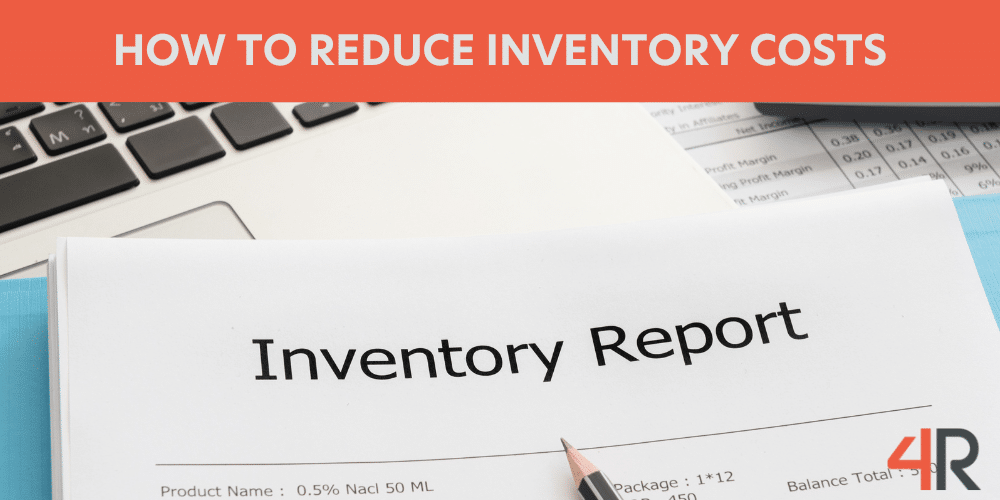Our team of inventory management and planning experts have these recommendations for reducing inventory costs.
Carrying costs are among the top inventory management challenges retail businesses deal with. Inventory expenses arise when stock and products are not moving. The total amount companies spend to store and stock items before they are sold has a significant impact on profitability.
The 4R team of supply chain and inventory experts share the following tips to help retailers deal with this critical business challenge.
1. Leverage predictive analytics to forecast demand accurately.
Predictive analytical tools analyze historical sales data, market trends and other variables to predict future demand. Utilizing a solution with demand forecasting capabilities ensures you stock the right products in the right quantities, reducing excess inventory and stock-outs.
2. Adopt a just-in-time inventory management approach to minimize holding costs.
Utilizing replenishment planning strategies and capabilities enables you to order inventory just as it’s needed, reducing storage costs and minimizing risks for obsolescence.
3. Optimize safety stock levels to balance service and carrying costs.
Analytical solutions that include advanced algorithms can determine the ideal safety stock levels for SKU, ensuring you have enough stock without overstocking, thereby minimizing carrying costs.
4. Streamline vendor management to collaborate and share key planning data.
Technology that automates vendor orders can help you consolidate orders and share forecast order details with vendors. Developing a collaborative relationship with vendors improves lead times, order stability, and in-stocks.
5. Automate inventory management to increase operational efficiency.
An integrated inventory management system will automate order tracking and replenishment processes, reducing manual labor, human error and costs associated with inventory management.
6. Enhance real-time inventory visibility across all locations.
A unified supply chain and inventory management platform offers real-time insights into inventory levels across multiple stores, helping you make informed decisions and reducing the chances of overstocking or stockouts.
7. Conduct regular inventory audits to identify discrepancies and optimize stock levels.
Perform regular audits, utilizing a reporting and analytics platform that provides accurate data on stock levels, movements, and discrepancies. This capability enables you to adjust inventory levels accordingly and to plan better.
8. Identify and liquidate slow-moving or obsolete inventory.
When you identify dead stock and have recommendations for liquidation, such as promotions or discounts, you will free up valuable shelf space and capital.
9. Focus on inventory turnover rates.
Always ensure that high-demand items are always in stock will improve inventory turnover rates, reduce excess inventory and minimize holding costs.
10. Make inventory decisions based on data, not intuition.
Employ a data-driven approach that uses advanced algorithms to guide your inventory decision. Guessing or using “gut feeling” will not ensure that you stock the right products at the right levels, or reduce overall inventory costs.
Transform Your Inventory Management
Reducing inventory costs is essential for retailers aiming to improve profitability and compete effectively. By implementing these top 10 tips and leveraging advanced inventory management solutions, like 4R, you can optimize your inventory, reduce costs, and enhance customer satisfaction.
Ready to transform your inventory management? Contact 4R, or request a demo today!


